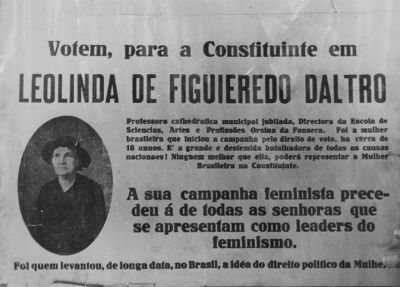Relying on a series of corruption scandals and misfortunes in his economic policy, Fernando Collor de Mello did not have many options to get him out of this embarrassing situation. Not even the sectors that defended his election were willing to come out in defense of the president.
In the National Congress, deputies and senators installed a CPI (Parliamentary Commission of Inquiry) responsible for investigating allegations of corruption made against the president. At the end of the CPI's work, it was proved that Fernando Collor, with the support of his campaign treasurer, Paulo César Farias, set up a large network of corruption that carried out the diversion of public funds and influence peddling politics. Such a corruption plan became known as the “PC Scheme”.
In a last attempt to escape the accusations, Collor would have gathered a set of documents that would prove the lawful origin of his financial resources. Secretary Cláudio Vieira claimed that the funds linked to the president were obtained through a loan taken out from Uruguayan money changers. Days later, the story was denied by secretary Sandra de Oliveira and the new scandal became known as “Operation Uruguay”. With a reputation for being corrupt and a liar, Collor entered an irreversible political situation.
Given the seriousness of the events, in a last gesture, Collor demanded that the Brazilian population take to the streets with their faces painted green and yellow, as a sign of support for his government. In response, several citizens, mainly students, began to go out on the streets with their faces painted. In addition to the yellow green, they used black as a sign of repudiation of the government. This movement became known as “Painted Faces”.
Soon after, at the National Congress, the Chamber of Deputies approved President Collor's impeachment request. Through this measure, the government could be deposed and automatically replaced by the elected vice president, Itamar Franco. On December 22, 1992, in a session in the Senate, the presidential term was suspended and the political rights of Fernando Collor de Mello were revoked for eight years.
Do not stop now... There's more after the advertising ;)
By Rainer Sousa
Master in History
Would you like to reference this text in a school or academic work? Look:
SCHOOL, Team Brazil. "End of Collor Government"; Brazil School. Available in: https://brasilescola.uol.com.br/historiab/fim-governo-collor.htm. Accessed on June 27, 2021.


